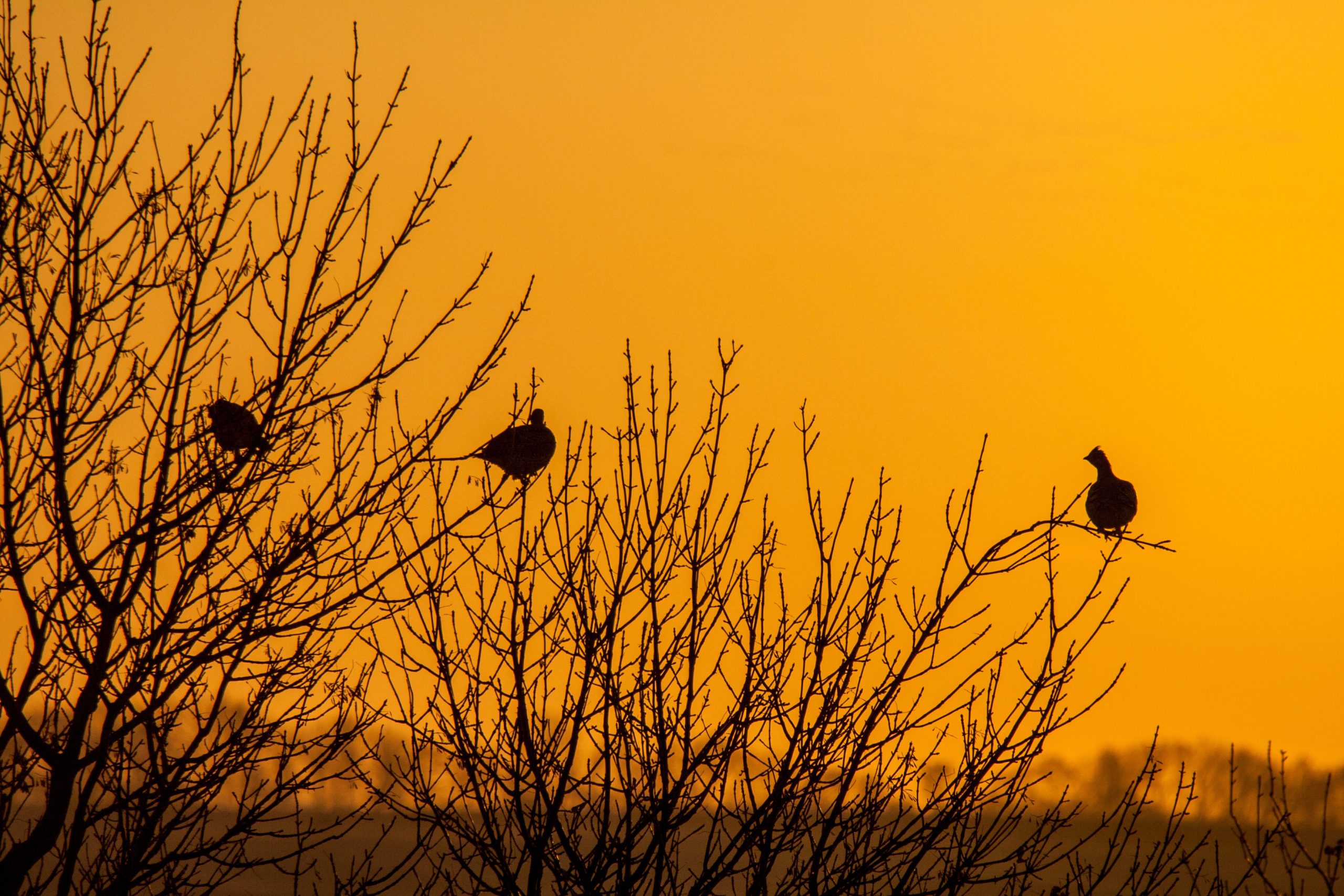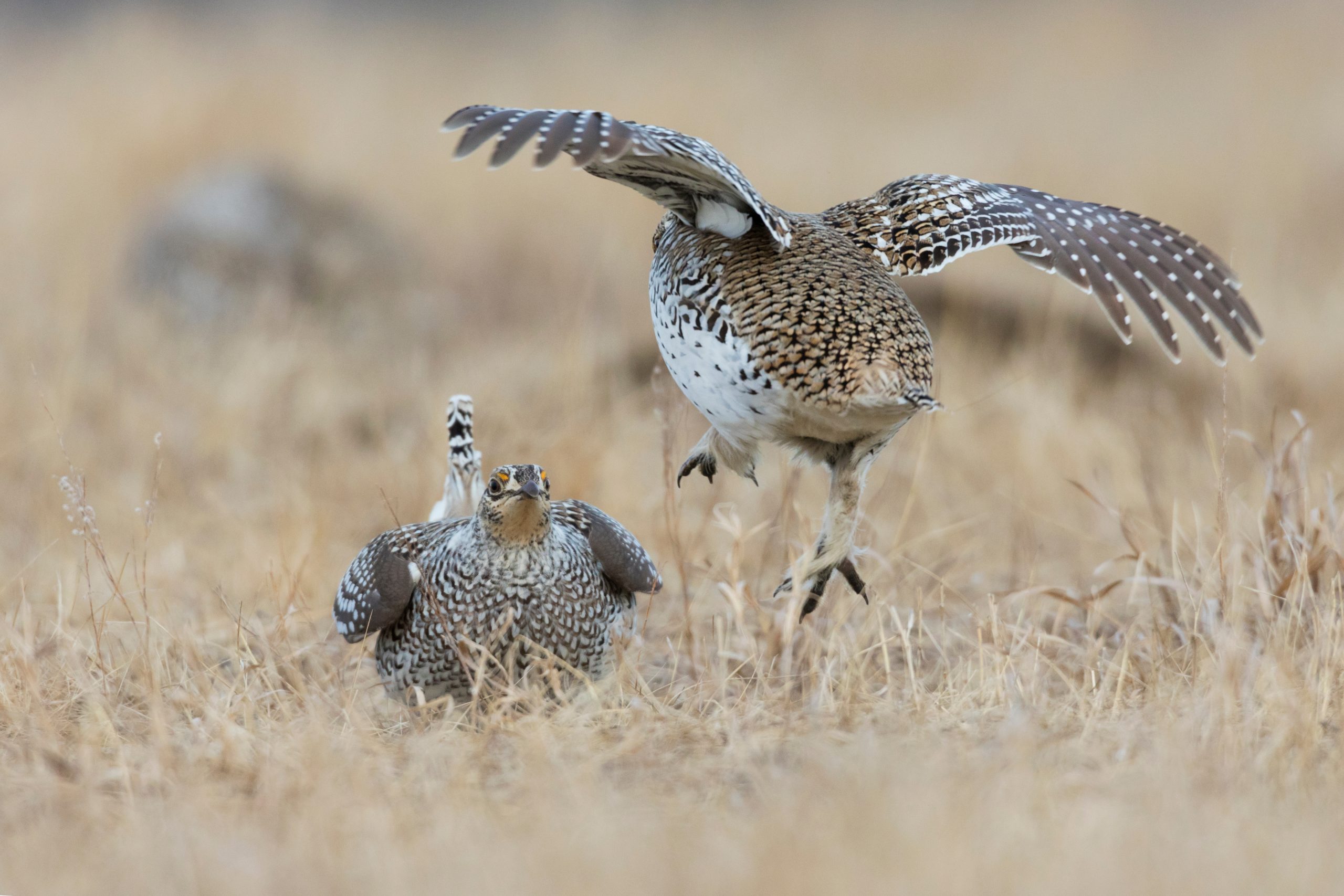
The Sharp-tailed Prairie Dance
Fire Grouse of the Prairie
Ann Jandernoa
April 29, 2022
The Long-tailed Grouse from Hudson Bay
James Isham, chief factor of what we know today as the Hudson Bay Company, was the first to study these birds. His notes and journals of his time in the Hudson Bay region are considered important historical documents.
Isham presented a stuffed Sharp-tailed grouse to British naturalist George Edwards. From this speciemen, Edwards drew the first drawings of theses birds and named them “The Long-tailed Grouse from Hudson’s Bay”
The illustration to the right was drawn in 1750 by the English naturalist George Edwards. This illustration and a description of the Sharp-tailed grouse was included in the third volume of his book “A Natural History of Uncommon Birds”.
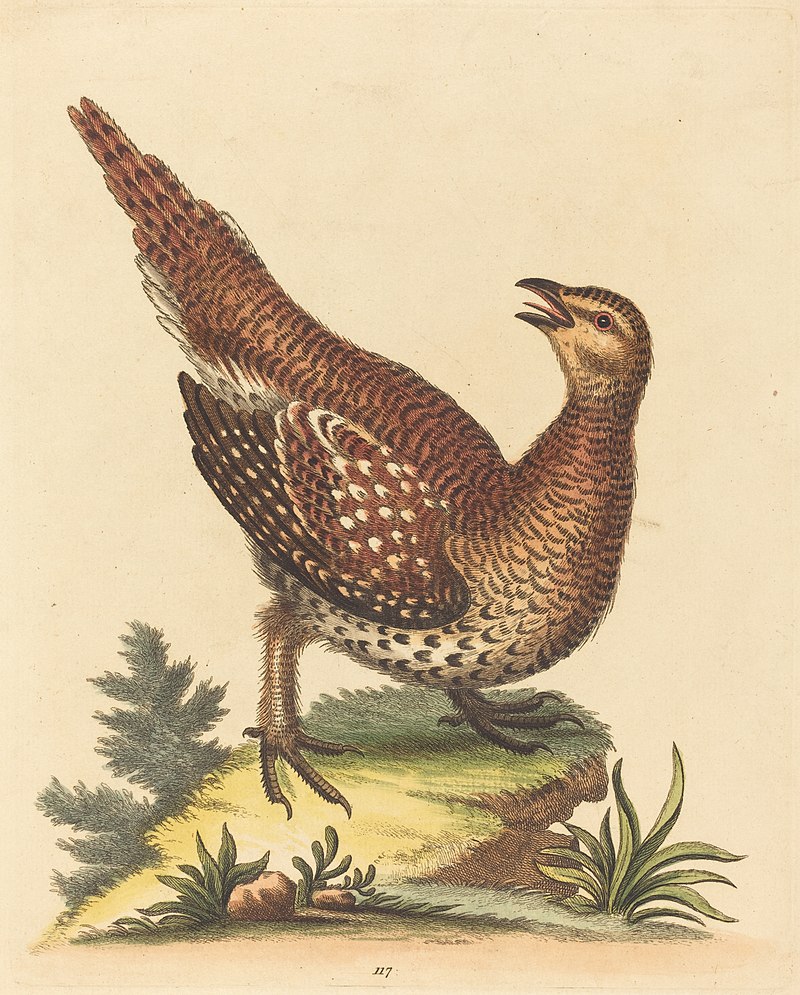
The decline of the Sharp-tailed Grouse Range
The Sharp-tailed Grouse can be found from the prairies of North America to the dry pine forest of the eastern upper Midwest.
Fragmented habitat is considered one of the major causes in the decline of these birds.
Pre European explorers identified the Sharp-tailed grouse in eight Canadian Provinces and in 21 US states.
At that time the Sharp-tailed grouse range covered from Alaska to California to New Mexico and the Upper Midwest. In Canada, they were found from British Columbia east to Quebec.
As settlers came to the US, the habitat and vast numbers of birds began to decrease.
The map to the right depicts the loss of habitat and indicates areas where there are no longer Sharp-tailed Grouse.
The map was created by the North American Grouse Partnership
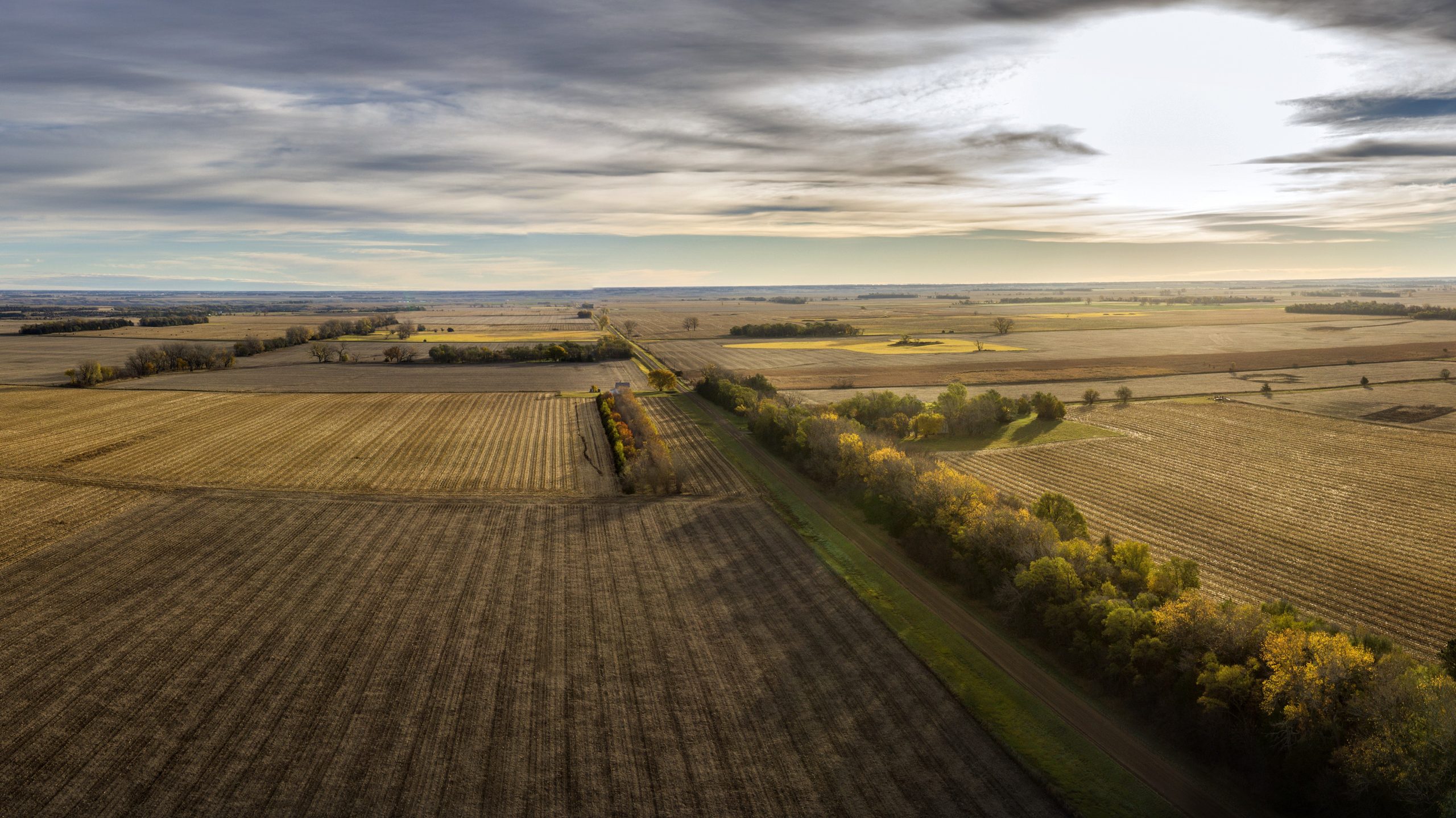
Fragmentation of the land and lack of grasslands is the main cause of the decline of the Sharp-tailed grouse
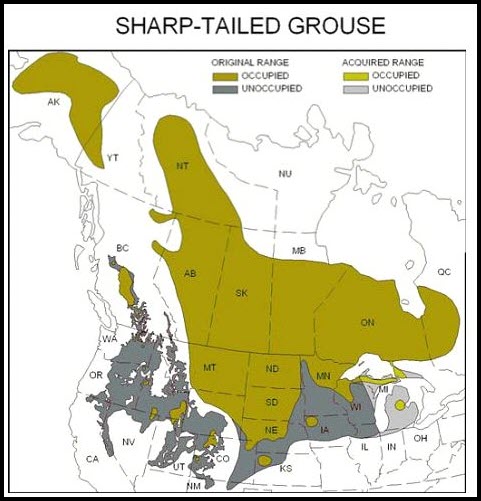
Range and Habitat Density Maps
To the right are two maps.
The map on the left indicates the current range of these birds. The map on the right identifies the potential areas that have denser numbers of birds.
See how the Sharp-tail Grouse habitat and range has changed.
In reality, the density is in direct correlation to availability of prime habitat.
These two maps will help you understand the difference in the range of the sharp-tail grouse and how much prime habitat is actually available to the grouse to utilize within the range.
These maps were created by TheCornellLab
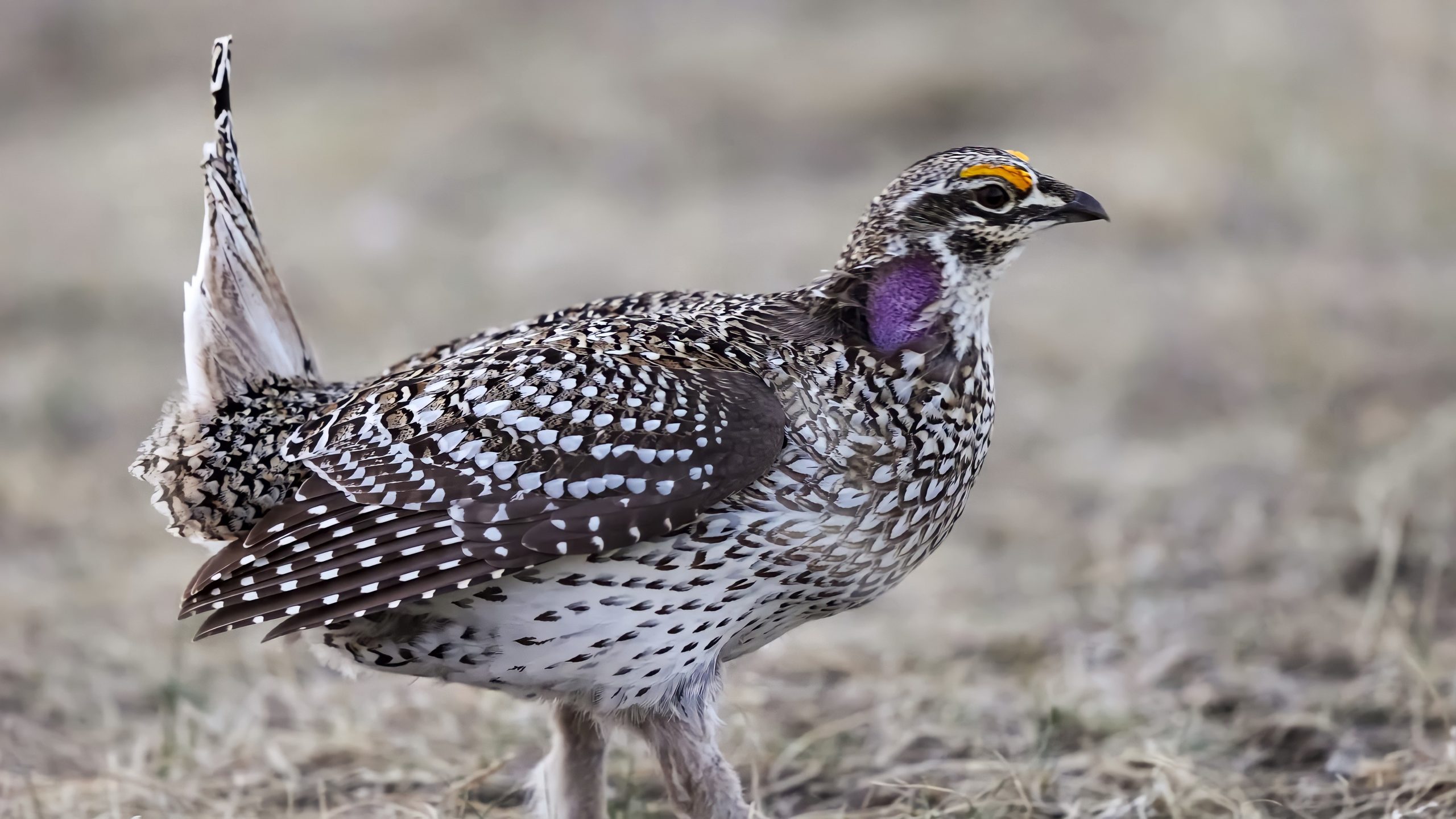
Male Sharp-tailed grouse
What is a Lek?
Lek’s are also called dancing grounds. These areas are mostly flat with short grass. Sometimes a burned area or cultivated lands, hilltops and an occasional wetland meadows are suitable as a lek site.
If the grass around and on the lek becomes too tall the site may be abandoned. Too much shrub around the lek will also decrease the use of a site and eventually will be abandon.
For the Sharp-tailed grouse the key in choosing a lek site is elevation, flat ground, short grass and a good field of view.
Like a drumming log for the male Ruffed Grouse is a main focus of his habitat structure, the lek site plays a key role in the male Sharp-tailed life.

The Springtime Dance
A lek is a place where the Sharp-tailed grouse will display and court the females. Typically the male Sharp-tailed will start visiting the lek site in March and continue to do so to the end of June.
At any given lek there could be up to 20 males. Though typically a lek usually has to 8-12 males. Peak mating times depends on location and are usually late April into early May. Poor weather can shift when peak mating occurs.
During the display the male’s purple air sacs will inflate and deflate.
The male will also make cooing sounds to attract a female.
The females are typically interested in the most dominate males.
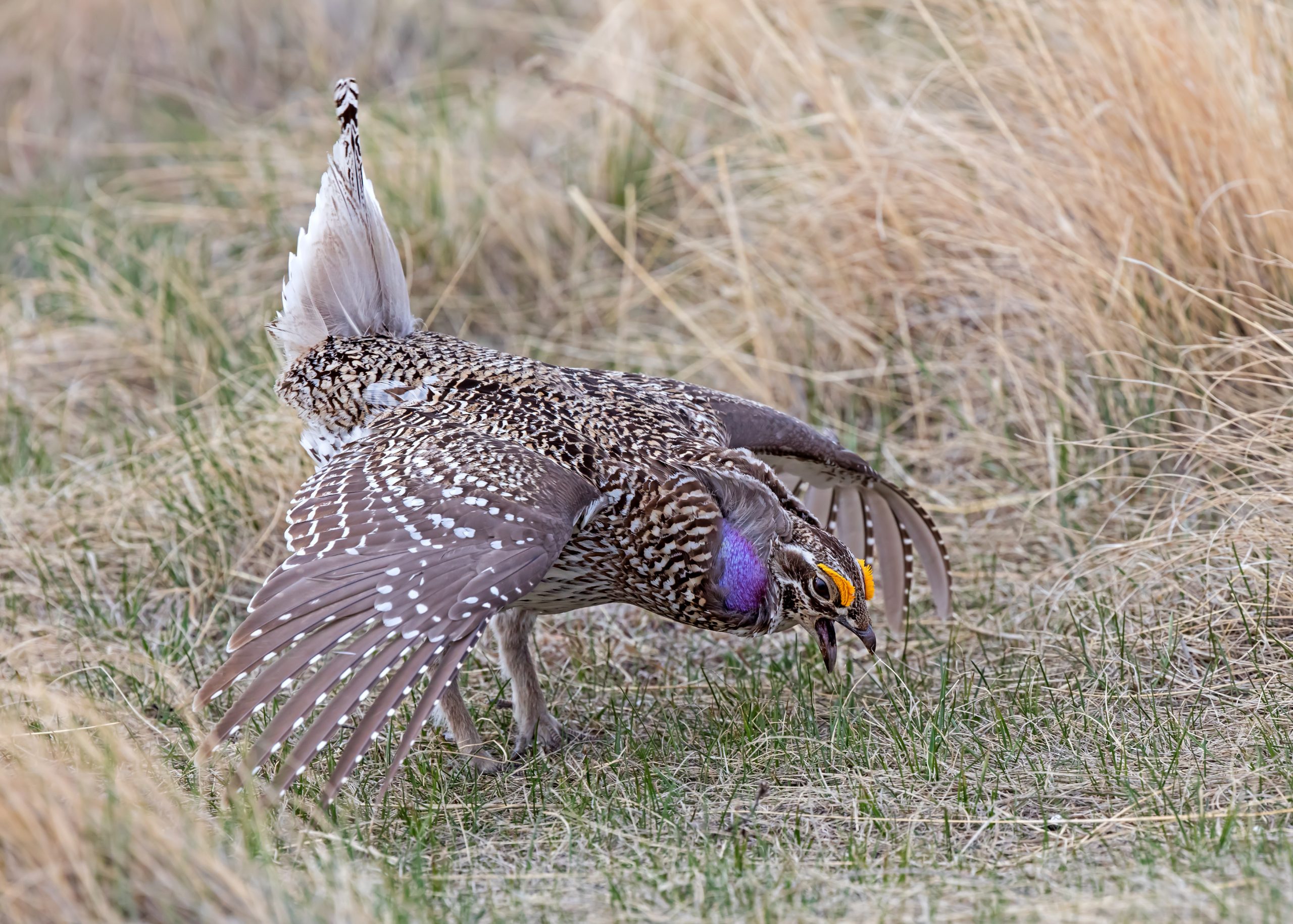
Lek and males equals fights!
With many male’s in close quarters dancing and vying for the females attention it is not long before fight breaks out. Turn the volume up on the video.
Males select elevated areas such as hilltops, ridges, that will provide a good field of view.
- Predators could be stalking the area
- Other males that are displaying means competition
- Notice females as they enter the lek grounds

Male Sharp-tailed dancing on the lek
Like so many grouse, springtime is a time for displaying, courting females and protecting their territories
Once a female is bred she leaves the lek grounds to locate a suitable area to create a nest and start laying eggs.
Nesting sites are mainly located in grasslands areas with grass that is at least 10 inches or taller and if possible, some brushy overstory cover.
These nest sites are typically less than a mile from the lek where the mating occurred.
Now it is the female’s turn to nurture and care for her young.


